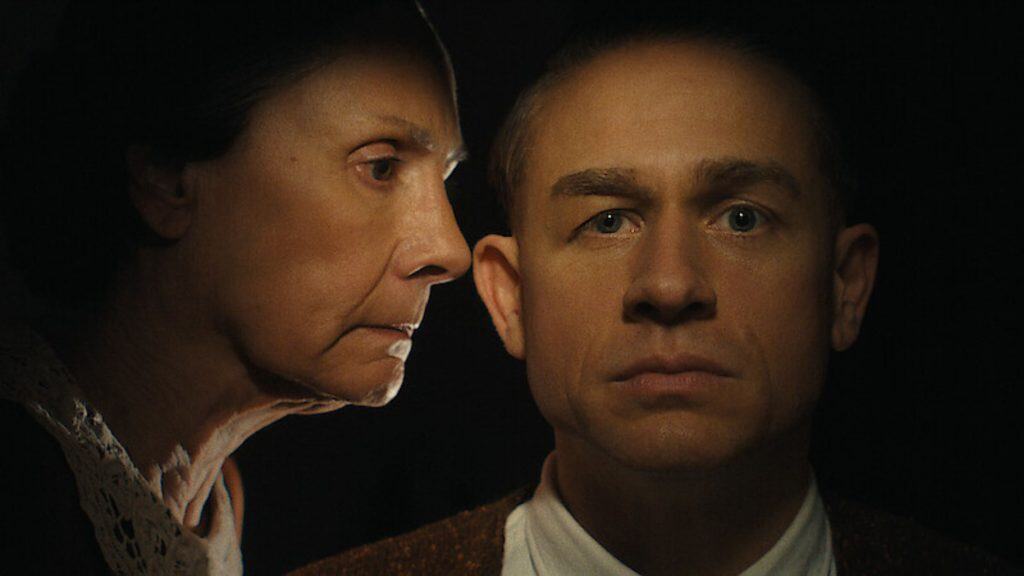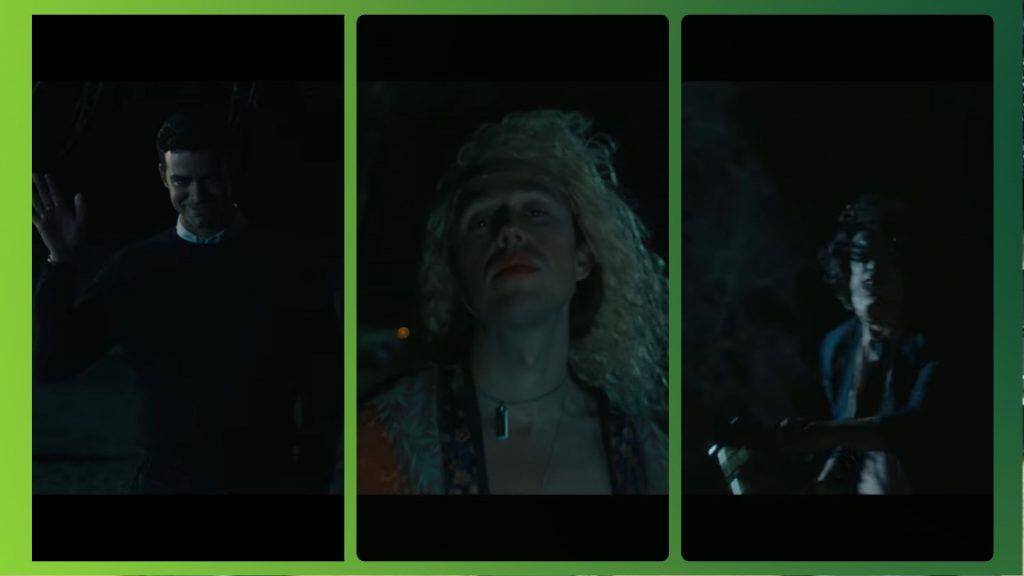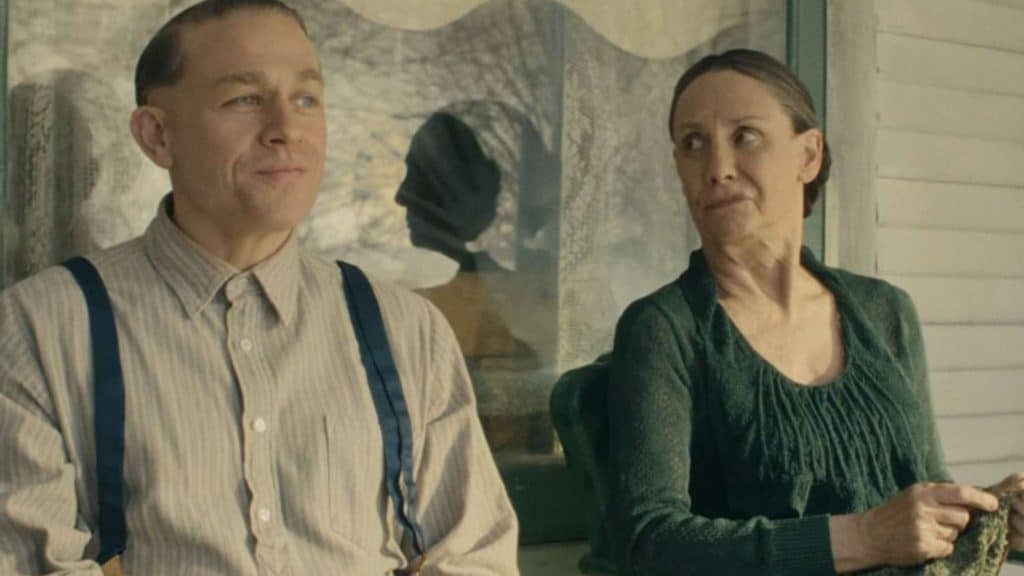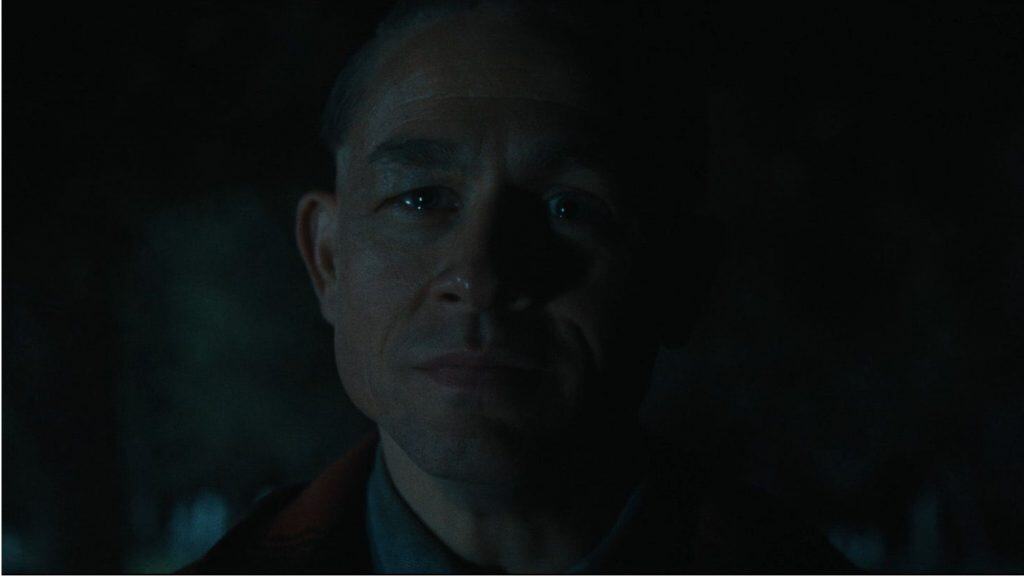In October 2025, Netflix released the third season of “Monster,” now titled “Monster: The Ed Gein Story.” The result attracted public attention for its mix of reality, symbolism and horror pop culture references.
In this article we explain the season finale, analyzing what happened in the series, its possible meanings and connections, as well as the legacy that Ed Gein has left in popular culture.
Monster: The Ed Gein Story: watch the explanation of the ending of the Netflix series
From this moment on the text reveals the details of the plot. Continue at your own risk.

Who was Ed Gein?
Edward Theodore Gein, better known as the “Plainfield Butcher”, became famous not only for the murders of Mary Hogan (1954) and Bernice Worden (1957), but above all for having violated graves and made clothes and objects with human remains.
After his arrest, Gein was declared legally insane and spent the rest of his life in mental institutions until his death in 1984. His crimes, shocking in their brutality and bizarreness, directly influenced iconic horror works, such as “Psycho” (1960), “The Texas Chainsaw Massacre” (1974) and “The Silence of the Lambs” (1991).
It is precisely this connection between reality and fiction that the Netflix series explores in its conclusion.
The path to the series finale

Over the course of the season, the narrative intersperses real events in Gein’s life with fictional insertions that dialogue with the cultural impact of his story. Ultimately, the series shows him weakened by cancer, admitted to a psychiatric hospital and immersed in delusions that mix fantasy and reality.
Among these disappointments, the idea was born that Gein would help FBI agents capture Ted Bundy, something completely imaginary, but used as a resource to contrast two profiles of criminals: Gein, whose violence would be rooted in family and psychological trauma, and Bundy, portrayed as the face of pure evil, without emotional justifications.
The appearance of horror icons

After Gein’s death, the episode shows young people trying to steal his tombstone, which actually happened. In the series, they are stopped by visions of other killers inspired by him, reinforcing how his story has become part of the cultural imagination.
At this time, Buffalo Bill (“The Silence of the Lambs”), Leatherface (“The Texas Chainsaw Massacre”) and Norman Bates (“Psycho”) appear.
Another striking shot shows Ed Gein holding up a chainsaw and dancing in the air, in a clear reference to the end of Tobe Hooper’s “The Texas Chainsaw Massacre.” The resource strengthens the direct link between the real character and his “film versions”.
The mother’s role in the outcome

The figure of Gein’s mother, Augusta, has always been central to his real life and also to the narrative of the series. Eventually, he meets her again, in a sort of vision or flashback, in front of the family home, while she is sewing.
The scene culminates with Augusta saying, “Only a mother could love you.” This phrase had appeared in other moments of the series, but with a tone of contempt towards Ed. But in this last moment it takes on a new intonation: not as an insult, but as an expression of affection.
This moment contrasts with the contrasting tone the two have had throughout the story, and closes the story with this demonstration of their turbulent relationship.

The post “Monster: The Story of Ed Gein”: Watch the Netflix Series Finale appeared first on Olhar Digital.
Source: Olhar Digital
Rose James is a Gossipify movie and series reviewer known for her in-depth analysis and unique perspective on the latest releases. With a background in film studies, she provides engaging and informative reviews, and keeps readers up to date with industry trends and emerging talents.







